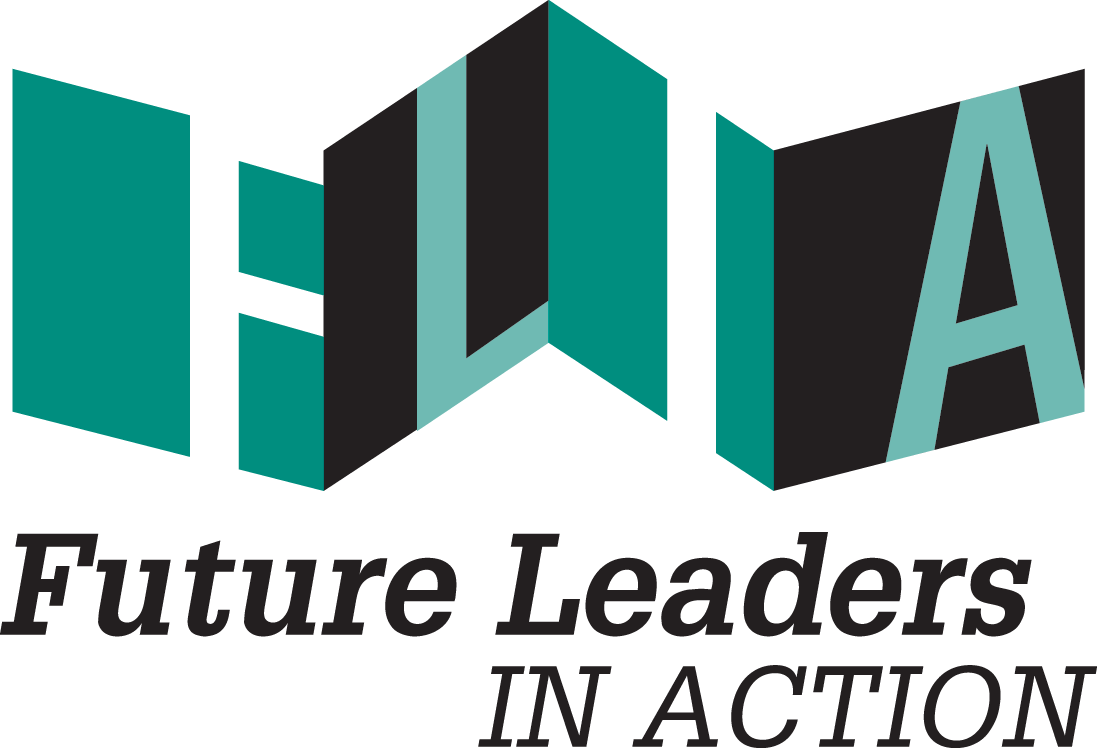I remember my first day of classes at my university. I sat down in the huge lecture hall, trying to blend in with the rest of the crowd but inside I was doing backflips. I had seen pictures of this lecture hall in the brochures and websites before I was even admitted and now here I was, sitting in a room I thought I could only dream of.
As a first-generation, low income college student, I had always wondered if I belonged in higher education. But along the college search and application process, schools did their best to tell me otherwise: they seduced me with colorful pie charts about diversity and promises of financial aid. On the brochure cover there almost always was a picture of someone who looked like me, although they almost always were surrounded around people who didn’t. However, it wasn’t until I busted through the glass ceiling that I knew the hypocrisy of these institutions that flaunt words like diversity, inclusion, and equality without actually committing to them.
The professor entered the lecture hall not long before the class was scheduled to begin. He split the large stack of syllabi into two, handing each to two separate students to start circling around. By the time I got one in my hands, I began to flip excitedly through the pages, dying to know what a real college course load would look like. However, I came to a halt on the third page when a huge list of “required readings” stared back at me. I browsed quickly through my phone to see the cost of each book and thought to myself I can't afford this class. I stayed for the duration of the first lecture and then dropped the course in exchange for another the very next day.
Where was the promise of equality and access in that room? Where is it across the millions of college students who are in debt to have a chance at life?
What most universities have failed to realize is that simply admitting more low-income students or students of color is not leveling the playing field. There are so many things weaved into the culture of college that assumes that students have access to resources and wealth that not all of them do.
While financial aid may cover tuition and fees, many low-income students have to work outside of their class times in order to afford necessities. The price of joining Greek organizations can be several hundred (if not thousands) of dollars on top of tuition. Textbooks and online softwares that are needed for classes also can be an added stressor for low-income students. Studying abroad opportunities, which are advertised as a transformative and often crucial part of college, is not an option for those who can’t afford the travel expenses or have enough saved up to go unemployed abroad for an entire semester. Not to mention the disproportionately small amount of faculty of color that share similar experiences with students of color.
Inviting more students to apply, telling them that they belong in the college classroom is a start, of course. But it’s not enough.
There needs to be a systemic change within the very structures and norms of higher education to be more inclusive of all backgrounds. Beyond the brochures and the buzzwords, schools need to actually begin taking steps towards the commitment to equity and access that they advertise themselves as having.
Because change isn't claimed through words, it's made by actions.

